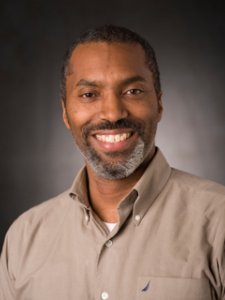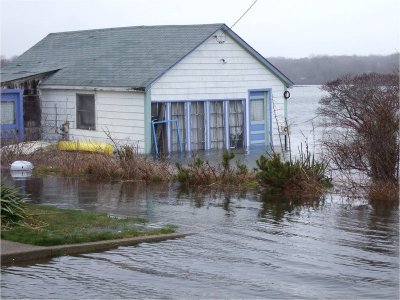My philosophy around diversity and inclusion can be drawn readily from archetypical “engineering toolbox” concepts employed in design courses, which I teach regularly. For example, engineers are tasked with using resources efficiently to solve problems. While teaching design, we focus on both identifying the problem and then generating its solution as our two most challenging tasks. To that end, the literature on the required creative design thinking is clear: in the mean, selecting from a diversity of ideas leads to better solutions. However, while this has been known for some time, it is only recently that certain questions have entered our public discourse, questions such as, “from where do we draw our diversity of ideas?” or more specifically, “how diverse is the pool from which we draw our ideas?”
To the designer, the issue of broad ideation is paramount. We seek the broadest pool of ideas to seek the broadest design space from which to draw our solution. However, if we expand this argument to define the U.S. engineering workforce as the pool from which we draw engineering solutions, and treat the U.S. population as a resource, we see the immediate shortcomings.
According to the National Science Foundation and the U.S. Census Bureau, white women make up approximately 38% of the U.S. population but only 18% of the engineers and scientists working as engineers or scientists; they are underrepresented by roughly half. Blacks and Hispanics make up only 5 and 6% of the engineering workforce, respectively, but roughly 13% and 18% of the U.S. population, underrepresentation by nearly a third.
As a nation, we are not using our population, our personnel resources, broadly in the engineering enterprise. In the current terminology, our engineering workforce is not “diverse and inclusive.” In the designer’s lexicon, one might say our ideation, or design space, is restricted simply because we are not drawing broadly from the available resources. From there, the conceptual outcome follows that, in the mean, whatever solutions we generate will be less than ideal, or more broadly, outcomes of the U.S. STEM workforce will fall below what levels they could achieve.
The idea that these solutions are less than ideal, however, is not merely conceptual. In recent years, researchers have quantified the cost of limited use of our nation’s personnel resources, e.g. of a lack of diversity in our workforce.
Chetty et. al. studied the third-grade test scores of people who would eventually become innovators as measured by patent holding1. Chetty’s work found that, at the third grade level, the eventual patent holders were not singularly unique in standardized educational metrics. In fact, their work found that innovation in the U.S. would have quadrupled if all third graders who tested similarly to eventual patent holders had been given access to pathways to innovation. Moreover, recent studies have estimated the U.S. has lost trillions of dollars (yes, trillions!) in gross domestic product (GDP) because of a lack of gender and racial diversity in the workforce.
According to Hseih et. al, the enormity of the figure is a result of poor allocation of female and Black talent in the economy. Though we have not yet reached equity with respect to population demographics, even corrections to the current misallocation were still projected to account for 20% to 40% percent of growth in U.S. market GDP per person between 1960 and 20102.
Often the argument for diversity in STEM focuses on a need to fill STEM jobs, which is itself warranted. But here, the argument is more fundamental to the idea of diversity: by excluding large groups of potential workers, we are not training people who could produce innovations and participate in a sector that could boost the economy. Lack of diverse and inclusive representation of all groups in STEM has real tangible costs that we have the power to correct. That correction comes in the form of working to create a system where we draw from the entirety of our population to maximize our potential. However, when we push toward inclusivity and diversity in who we train, we maximize the potential of our population as a resource.
1 Alex Bell, Raj Chetty, Xavier Jaravel, Neviana Petkova, John Van Reenen. “Who Becomes an Inventor in America? The Importance of Exposure to Innovation,” The Quarterly Journal of Economics, 134(2) : 647–713, 2019.
2 Chang-Tai Hsieh, Erik Hurst, Charles I Jones, and Peter J Klenow. “The Allocation of Talent and US Economic Growth,” Econometrica, 87(5) : 1439–1474, 2019.





